![]()
In this course, you will learn various aspects of lighting and lighting systems in Unreal Engine 5.1. Please note that this is not a comprehensive tutorial covering all settings in Unreal Engine 5.1, and it is specifically designed for Windows 10 users.
Recommended hardware specs for this course include a Windows 10 64-bit operating system, a 12-core CPU at 3.4 GHz or higher, an NVIDIA RTX 2080 or AMD Radeon 5700 XT graphics card or higher, 64 GB of system RAM, and at least 500 GB of hard drive space. Please note that Winrar software will be required to unpack course materials, and the Path Tracer portion of the course will require specific hardware, such as NVIDIA RTX and DXR driver-enabled GTX series graphics cards.
Topics covered in the course include static lighting, stationary lighting, dynamic lighting, UV lightmaps, different light types, Unreal Engine 5’s visual effects volumes, CPU Lightmass, GPU Lightmass, environment light mixer, Lumen, Lumen with hardware ray tracing (requiring specific hardware and operating system), Lumen software vs hardware raytracing, path tracing, lighting from scratch with Lumen for daylight exterior, daylight interior, and night cyberpunk exterior scenes, as well as optimizing scene lighting to prevent crashes and low FPS.
This course is suitable for new users of Unreal Engine 5, although it may also benefit others. All necessary source files will be provided for you to follow along with the course.
In this course, you will learn the following:
Introduction to Lighting in Unreal Engine 5.1: You will learn the basics of lighting in Unreal Engine 5.1, including the different types of lights available, their properties, and how to place and manipulate them in a scene.
Cinematic lighting in Unreal Engine 5.1: You will learn advanced techniques for creating cinematic lighting in Unreal Engine 5.1, including creating realistic and visually appealing lighting setups for different types of scenes, such as indoor and outdoor environments, day and night settings, and more.
Unreal Engine 5 lighting systems: You will learn how to work with the lighting systems in Unreal Engine 5.1, including static lighting, stationary lighting, dynamic lighting, and how to optimize lighting settings for performance.
Different lighting techniques in different scenarios: You will learn various lighting techniques for different scenarios, such as creating realistic indoor lighting, outdoor lighting with natural sunlight, creating dramatic and moody lighting for horror or suspense scenes, and more.
By the end of the course, you will have a solid understanding of lighting in Unreal Engine 5.1 and be able to create visually appealing and realistic lighting setups for your game or cinematic projects.

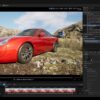
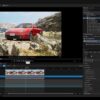
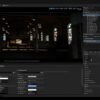
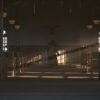

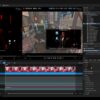







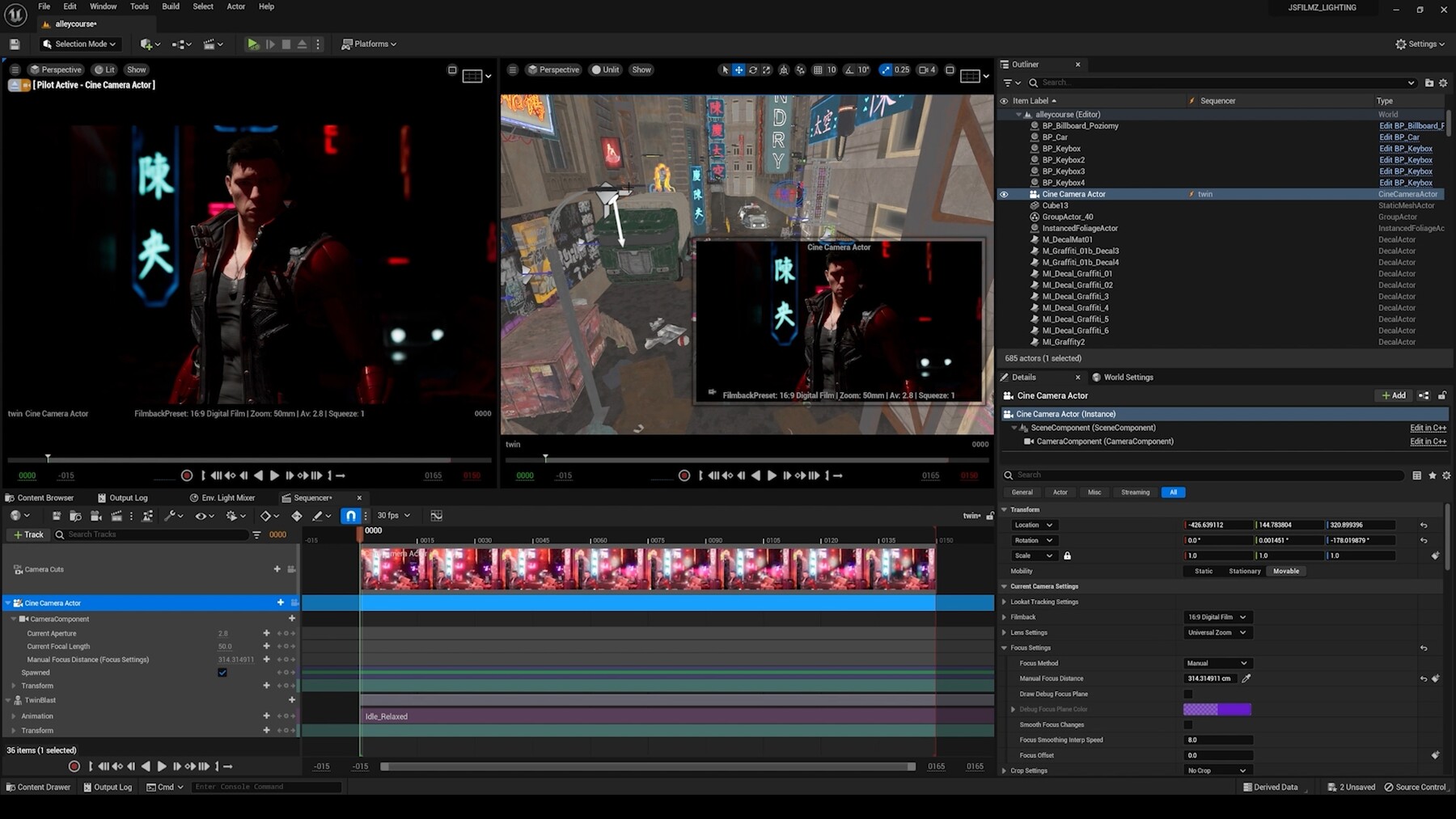
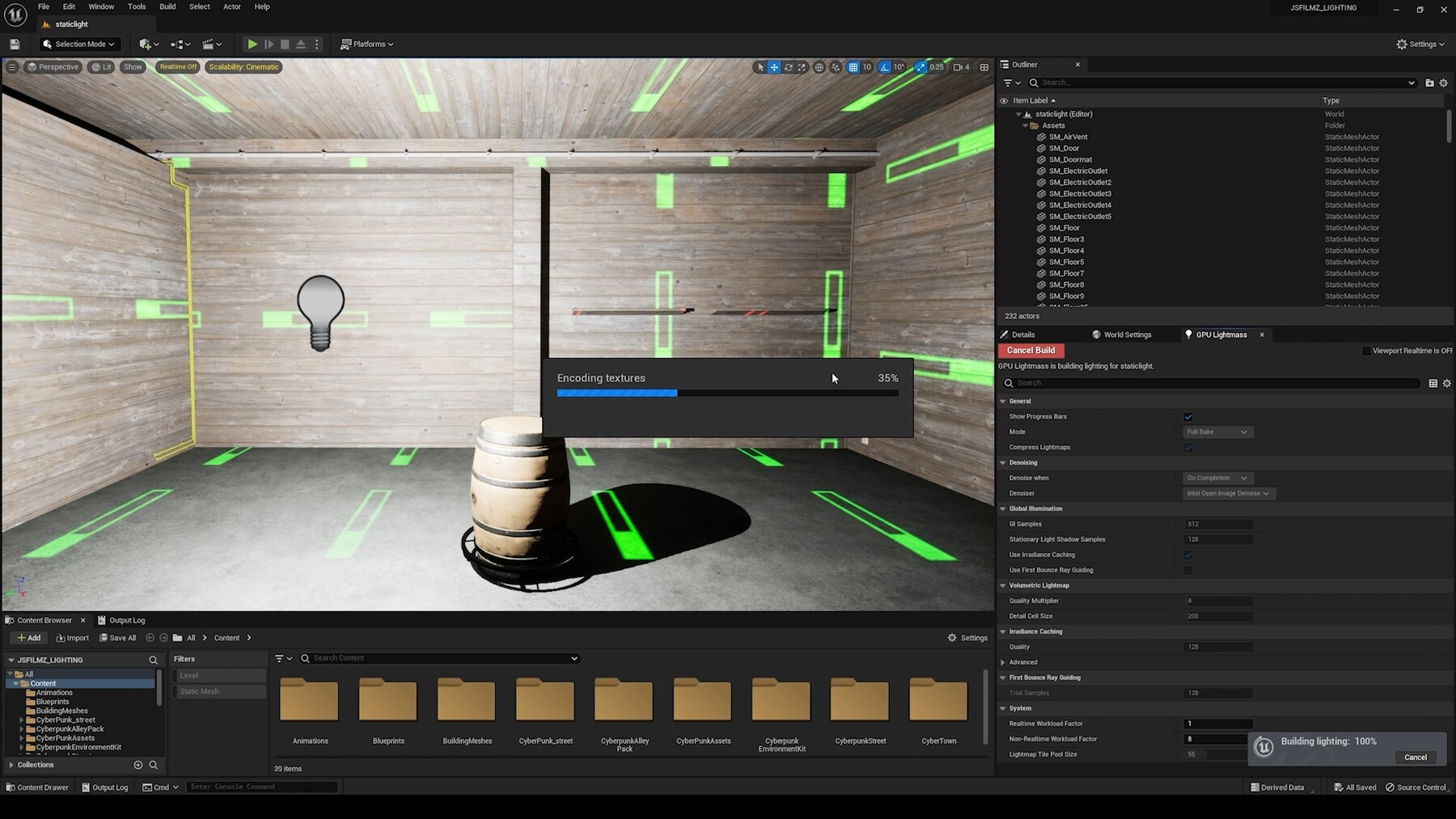
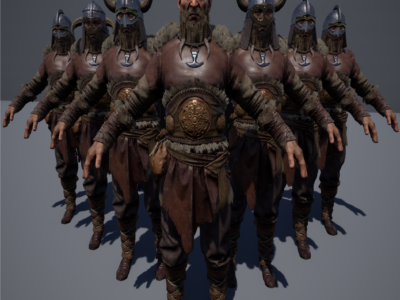



Reviews
There are no reviews yet.